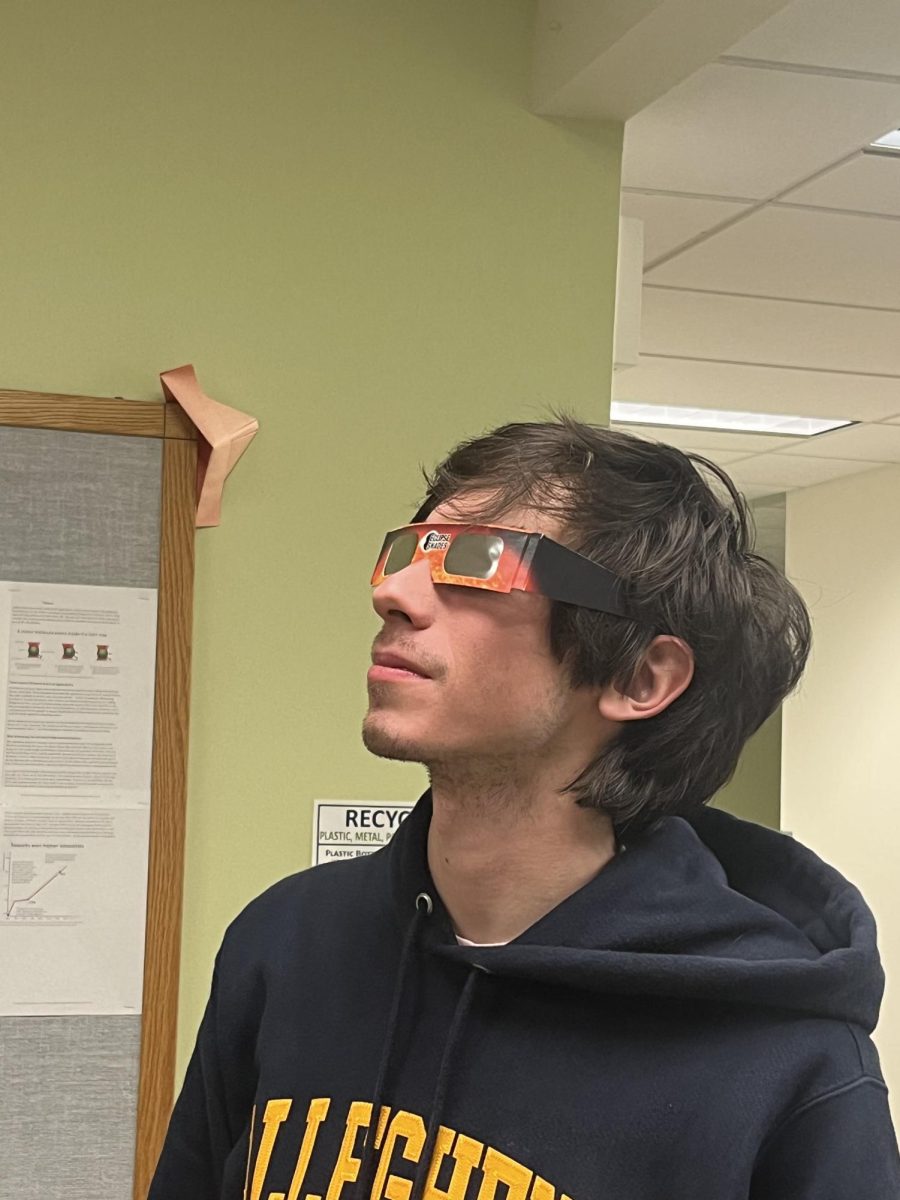By ANGELA MAURONI
Contributing Writer
Dystopian themes are rampant in young adult literature these days, but researchers have recently calculated exactly when the Earth really could meet its end.
According to the predictions made by the new tool that experts at the University of East Anglia created, it could happen within the next 1.75 billion years. Recent studies found that as the years go on, the sun is continuing to shift, and eventually Earth will be out of the “habitable zone” and in a “hotspot.”
Habitable zones are characterized by a planet’s capability to have liquid surface water and the ability to maintain a temperature below 50 degrees Celsius. Planets that are too far from the sun freeze and those that are too close become so hot that all of the water evaporates.
The Earth is currently 92.9 million miles from the sun, but the sun’s habitable area is shifting away by one meter every year. This gives them the ability to calculate that between 1.75 billion years and 3.25 billion years, the Earth will be inhabitable for life.
Long before that the Earth will be uninhabitable for humans.
“Humans would be in trouble with even a small increase in temperature, and near the end only microbes in niche environments would be able to endure the heat,” said lead researcher and graduate student of the University of East Anglia in the United Kingdom Andrew Rushby, who was quoted on the website, The Independent.
Since it takes a very long time for an intelligent species to evolve, over half of the time that Earth will spend in the hospitable zone has already passed. Simple cells existed from as far as four billion years ago, and insects four hundred million years ago. Humans did not develop until about two hundred thousand years ago.
Although the recent studies have been used to calculate the habitable lifespan of Earth, it was originally made to calculate when other planets would be in the habitable zone as well.
“If we ever needed to move to another planet, Mars is probably our best bet,” Rushby said. “It’s very close and will remain in the habitable zone until the end of the sun’s lifetime — 6 billion years from now.”
Apparently, however, this is not very big news to other researchers. Professor Biman Nath at Raman Research Institute in Bangalore was quoted on The New Indian Express website saying, “The paper says something which is not surprising at all, only that it puts an apparently better measure of time after which our Earth will move out of the habitable zone of the Solar System, after 2-3 billion years. Using their model, one can also estimate the habitable zone lifetime of some of the newly discovered exoplanets, assuming that one knows well about the central star.”
Exoplanets are the planets that orbit a star outside of the solar system.
“We found that some of the exoplanets in our study had long habitable lifetimes, similar to the Earth,” Rushby said. “But one in particular, called Gliese 581d, had an extremely long habitable lifetime—approximately 40 billion years in total! It’s about 8 billion years into this total now, so I think this would be a very interesting planet for future study.”
Other planets remain in the habitable zone for far longer than Earth. While Earth is only within the zone for 7.79 billion years, and is currently 4.5 billion years old, there are other planets that are within the zone for up to 54.72 billion years.
There are other planets and moons that have habitable environments, but that are outside the habitable zone, keeping them unavailable. Jupiter’s moon, Europa, was mentioned as one of these.
Europa actually has an ocean on it, proving that it could be the most habitable place in our solar system after Earth. The problem, however, is that the ocean remains frozen over because it exists outside the zone.
All of this research is dependent on the idea that climate changes, nuclear wars, and other world-ending events don’t happen first. A study conducted in 2010 by the researchers at Purdue University and Australia’s University of New South Wales found that parts of the Earth could be uninhabitable by as early as 2300. By that point, the land beneath the ice on Antarctica could be one of the most habitable places on the Earth.
Tropical regions would be far too hot for human survival at that point. As the Earth would rise in temperature, more of the oceans would evaporate, which would trigger more temperature rises and so on. Scientists believe that it is unlikely that humans would be in the form they are today at that point anyway. They would need to further adapt as the ability to sweat and cool off in that manner began to fail.
Despite all the negative connotations of the research, Rushby went on to say, “Even if you were alive at 99.9 percent of the way through our habitable zone, you still wouldn’t have to worry about it. Life isn’t going to be extinguished at the flick of a switch.”





